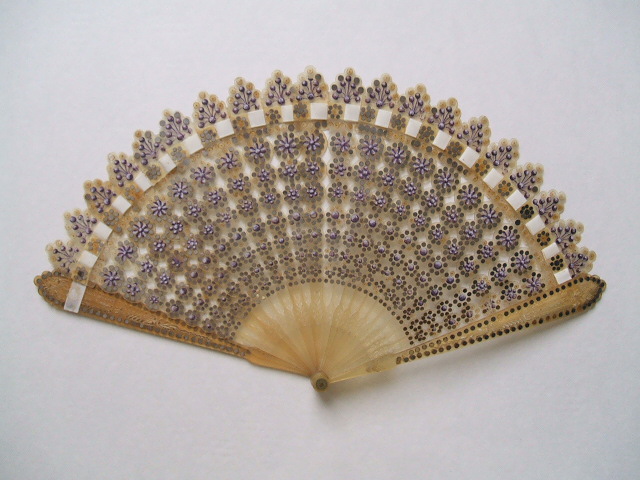This is my dear friend Seyda, who until her retirement worked extremely hard as an English teacher in Adana, Turkey. She taught in a Science Academy, where the students were high-flyers and went on to study medicine, engineering, etc. They needed to be fluent in English before starting a university course, so the standard was very high.
Seyda's two daughters were also high-flyers and grew up learning to speak good English as well as studying very hard in all their subjects. In fact, Arzu, her elder daughter, has been teaching English at Bosphorus University in Istanbul for a number of years. Arzu has also found time to research translation, a subject she finds endlessly fascinating. At present we are waiting for her to finish her PhD on a related area. Already she has brought out this book, which casts new light on the role - and manipulation - of translating texts from one language into another.




